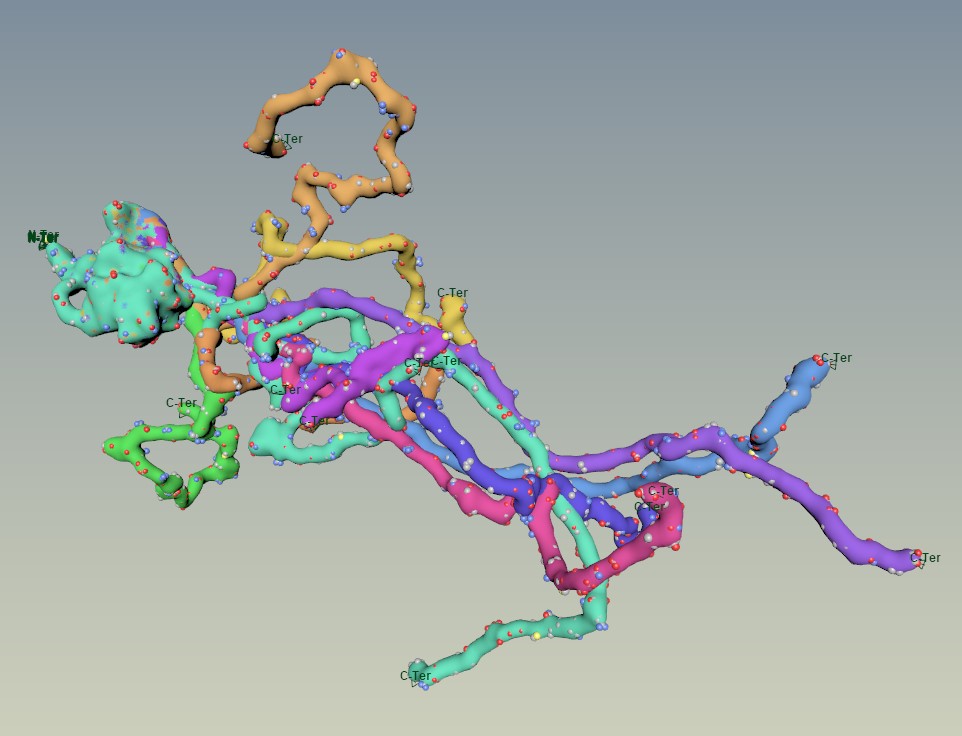My latest animation is about the kinetic molecular theory (sounds boring, what does it mean?) and how molecules diffuse, which is one of the core concepts that makes biology possible. There’s a lot of misconceptions around how any why diffusion actually happens, so I took the opportunity to run some computer simulations to visualize what’s going on. I hope you enjoy it and it clarifies some ideas!
On my second channel “Making BIocinematics”, I also uploaded a behind the scenes video explaining a bit how I created the simulations and graphics in the animation. Please subscribe if you’d like to see more!
I’ve decided to present my behind the scenes explanations in video format, rather than on this blog, but I’ll try to post the behind the scenes videos here too, along with references for the videos. Let me know in the YouTube comments what you’d like to see more or less of. This will help me tailor my “making of” videos to the audience that is watching them.
And here are some references for the animation. I’m still pondering better formats. As I’m sure anyone who has done science animation knows, it’s pretty tough to track exactly what references were used, when, and how, but I do think that information is important. More pipeline development required.
References
27.3: The Distribution of Molecular Speeds is Given by the Maxwell-Boltzmann Distribution. Chemistry LibreTexts https://chem.libretexts.org/Bookshelves/Physical_and_Theoretical_Chemistry_Textbook_Maps/Map%3A_Physical_Chemistry_(McQuarrie_and_Simon)/27%3A_The_Kinetic_Theory_of_Gases/27.3%3A_The_Distribution_of_Molecular_Speeds_is_Given_by_the_Maxwell-Boltzmann_Distribution (2014).
Atmosphere of Earth. Wikipedia (2019).
Sanger, M. J., Brecheisen, D. M. & Hynek, B. M. Can Computer Animations Affect College Biology Students’ Conceptions about Diffusion & Osmosis? The American Biology Teacher 63, 104–109 (2001).
Brown, T. E., LeMay, H. E. & Bursten, B. E. Chemistry: The Central Science. (Pearson, 2005).
Earth Fact Sheet. https://nssdc.gsfc.nasa.gov/planetary/factsheet/earthfact.html.
David L. Nelson & Michael M. Cox. Lehninger Principles of Biochemistry. (2004).
Michell Humidity Calculator. http://www.michell.com/us/calculator/.
McKnight, E. J. Student misconceptions of osmosis and diffusion. 103.
Edmund A. Marek, Ann M. L. Cavallo & Connie Cruse Cowan. Students’ Misconceptions about Diffusion: How Can They Be Eliminated? The American Biology Teacher 56, 74–77 (1994).











